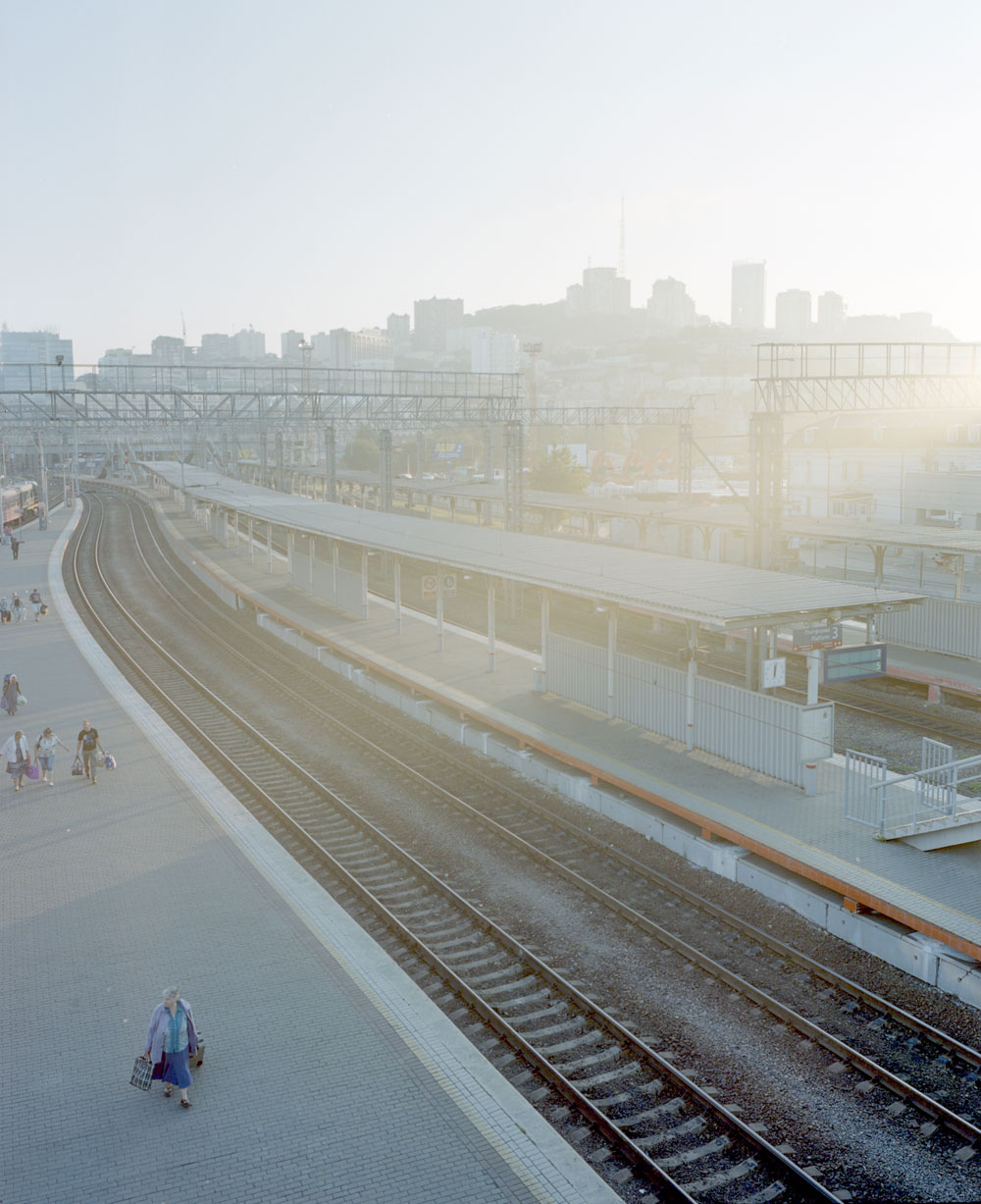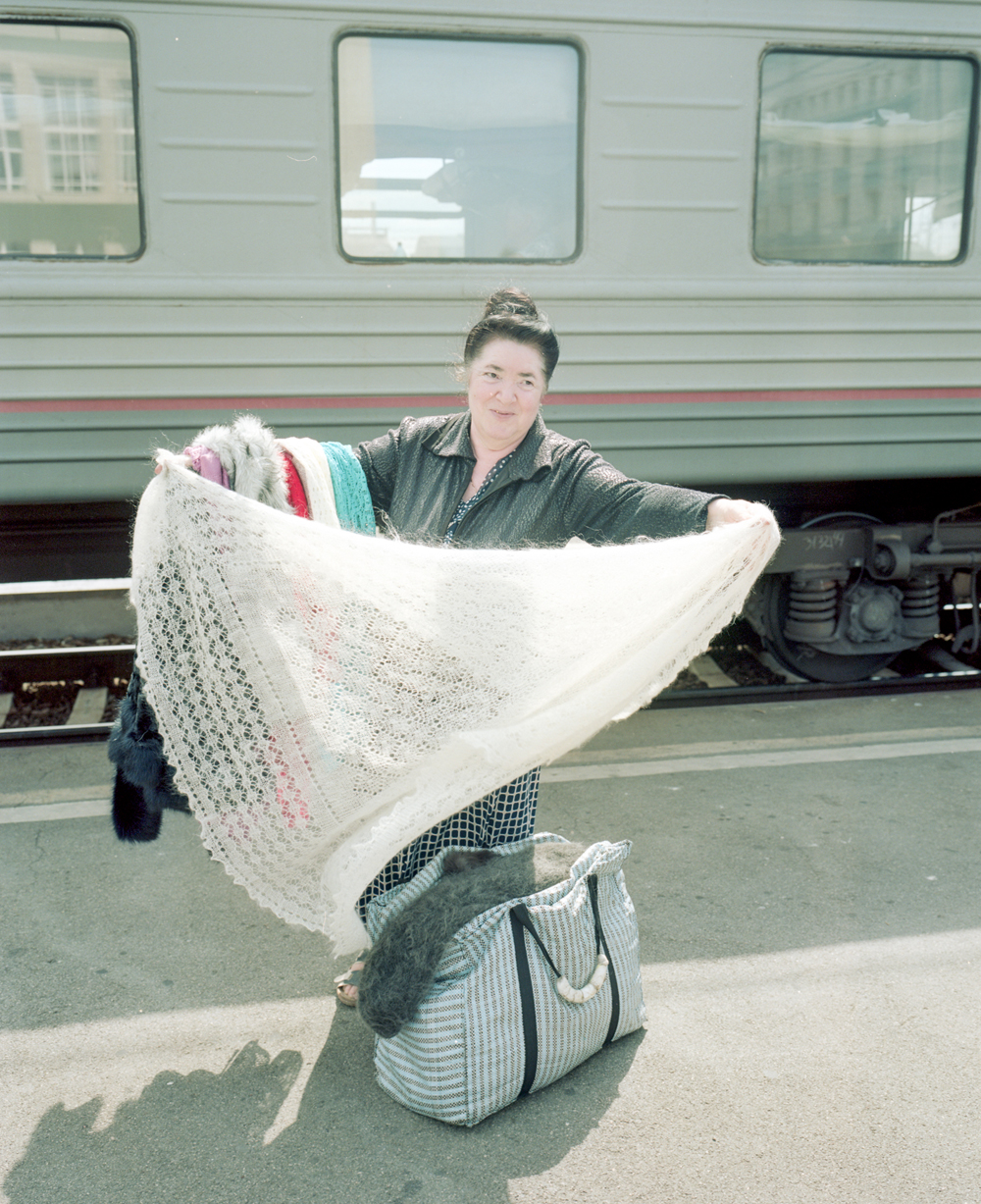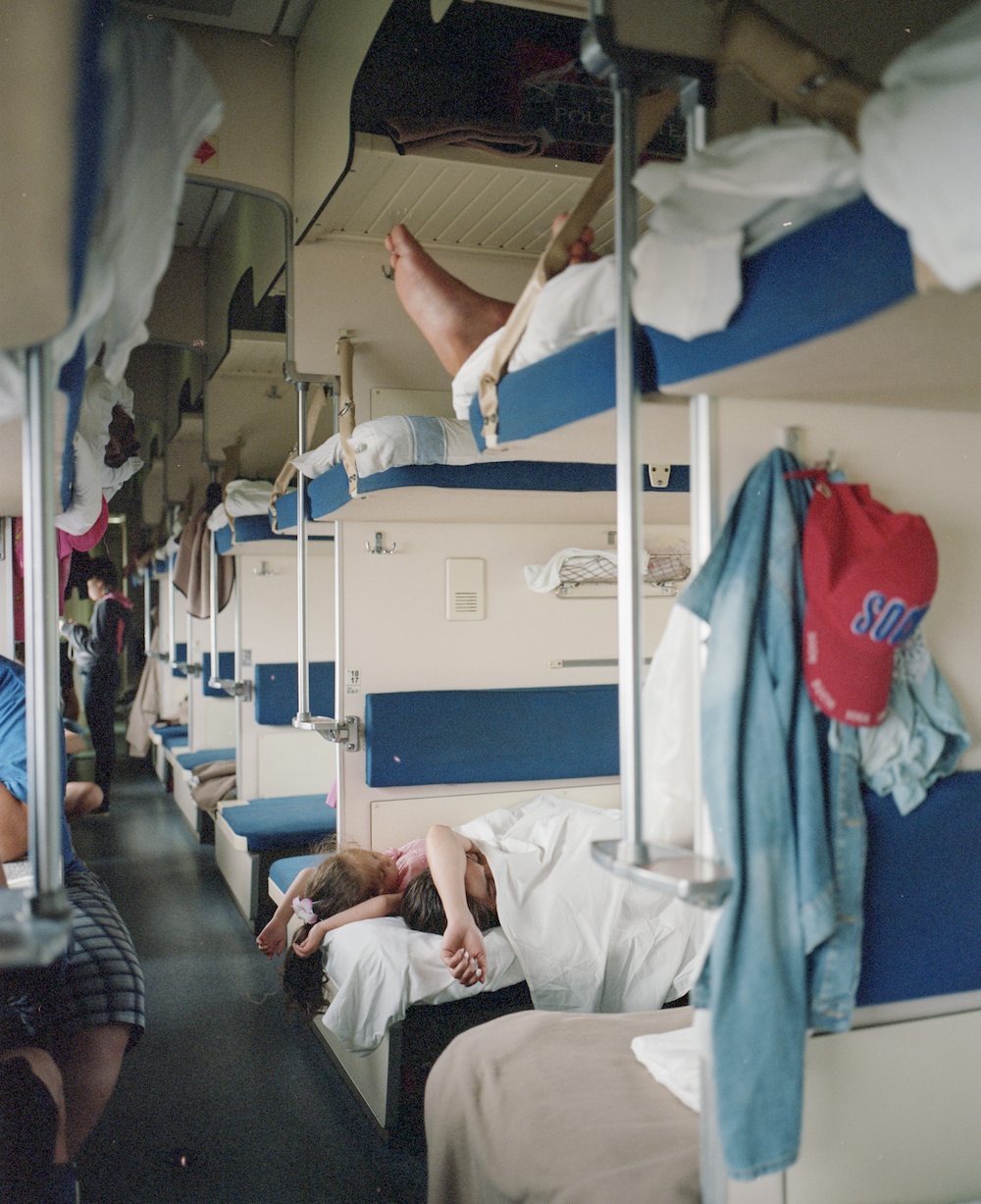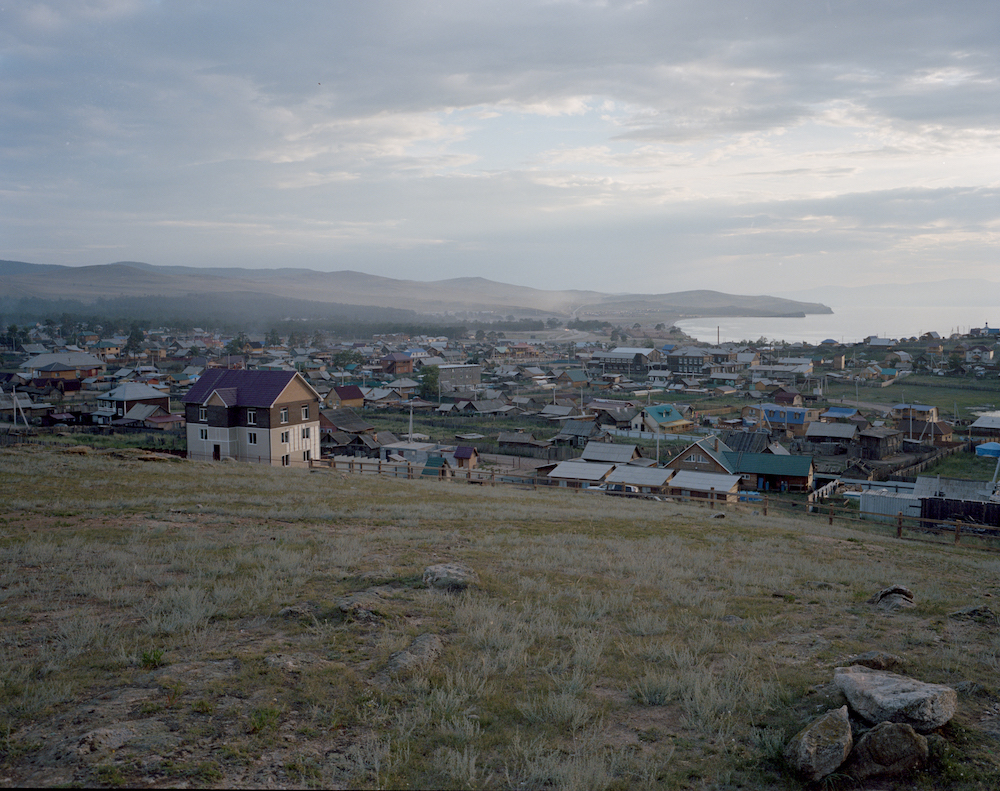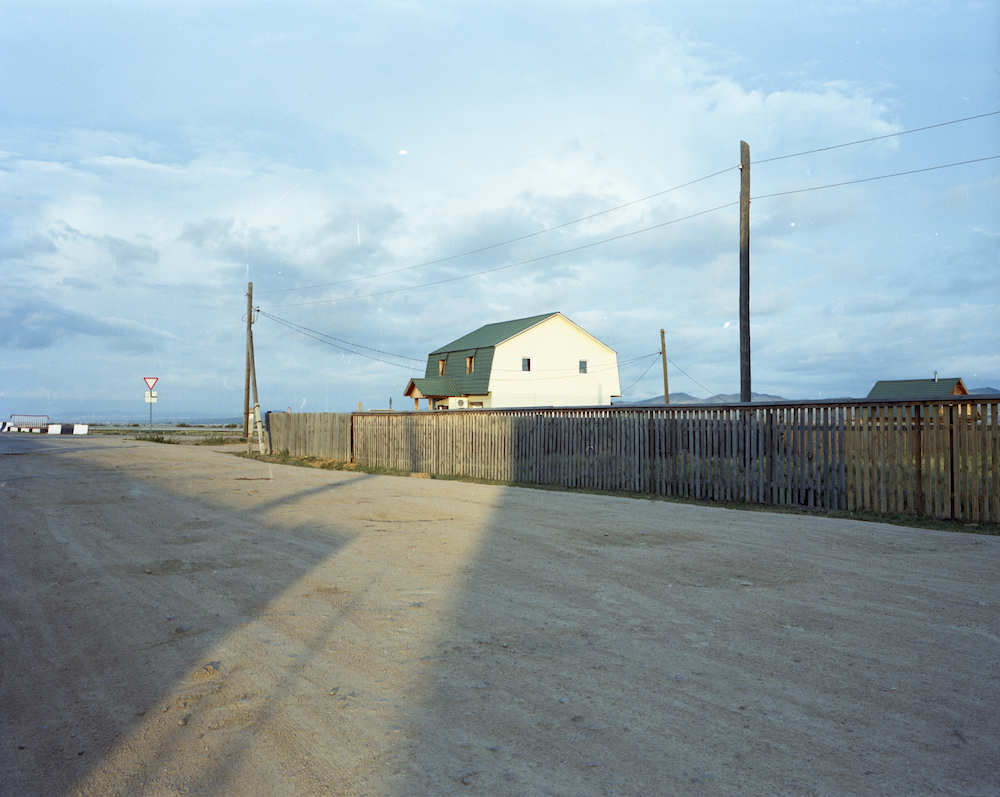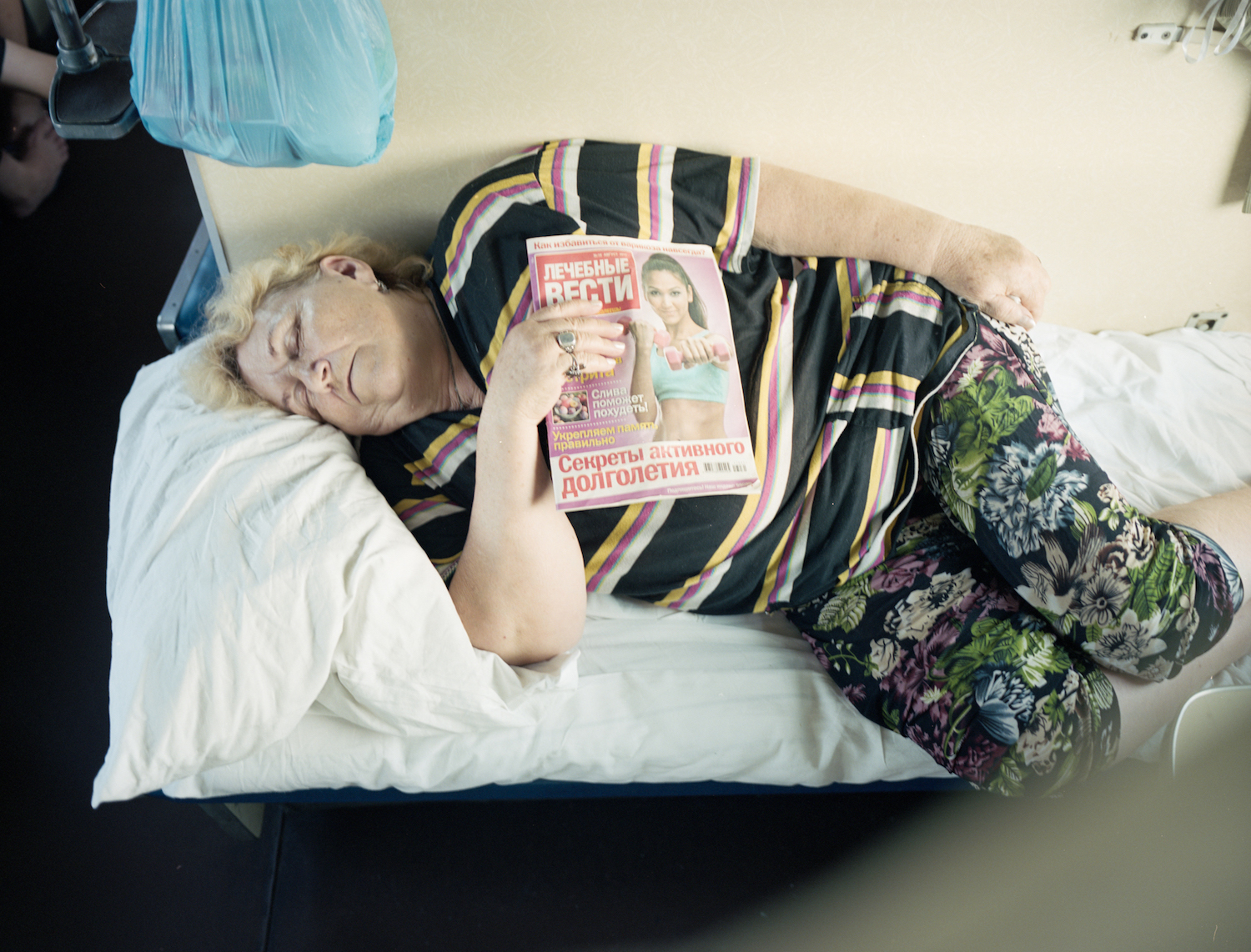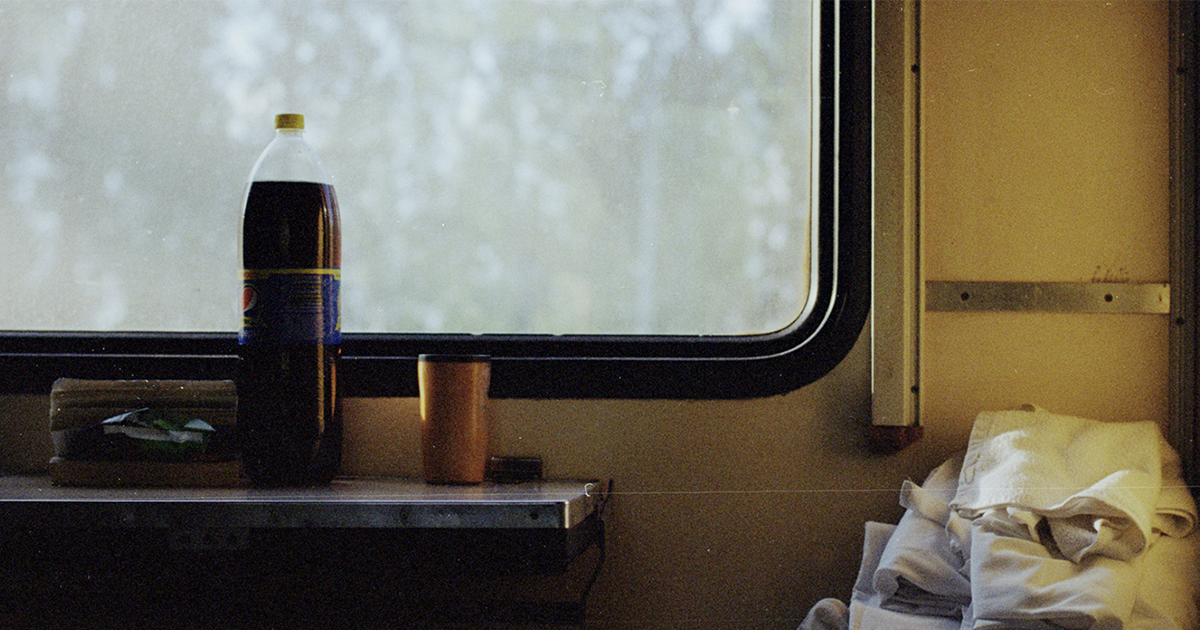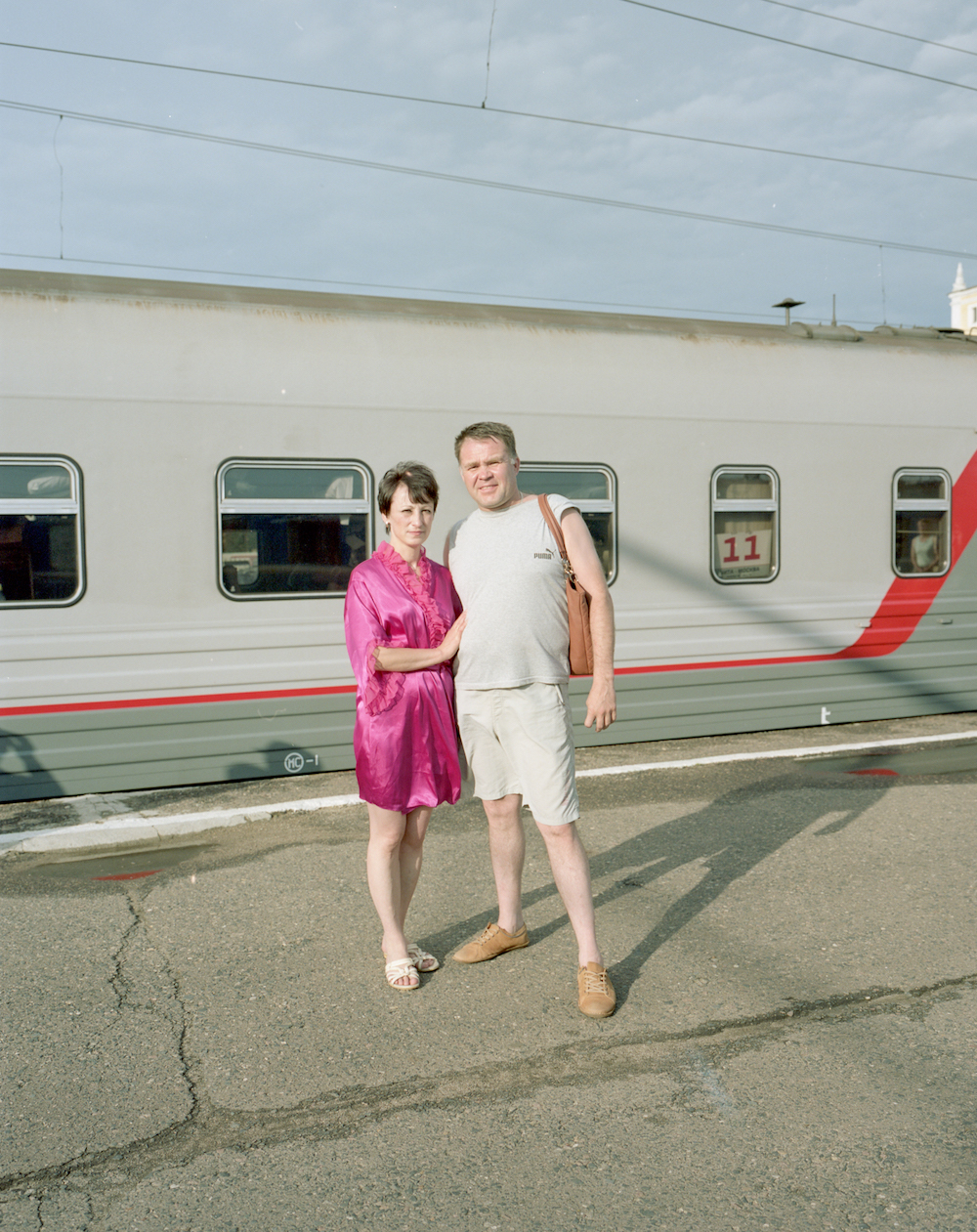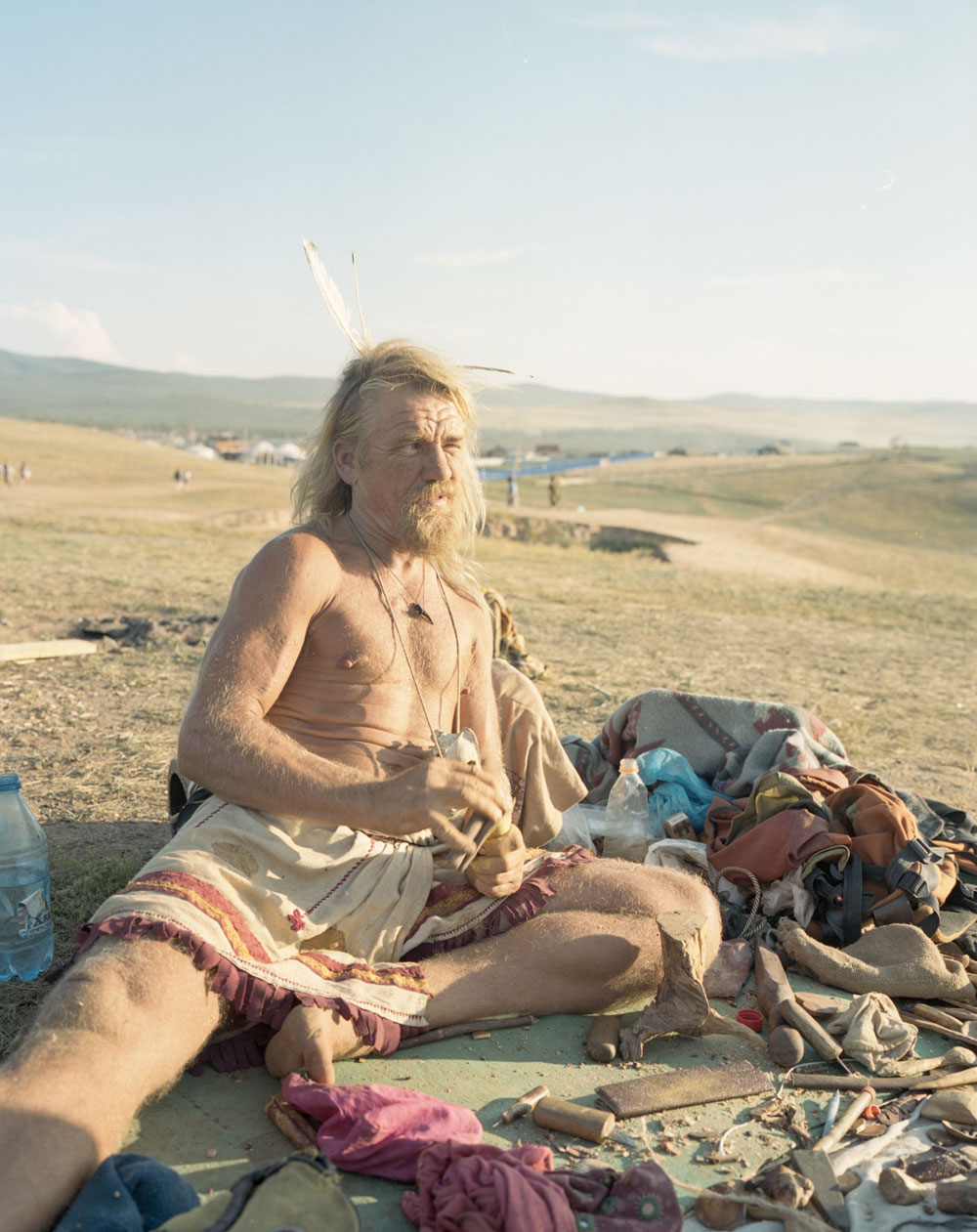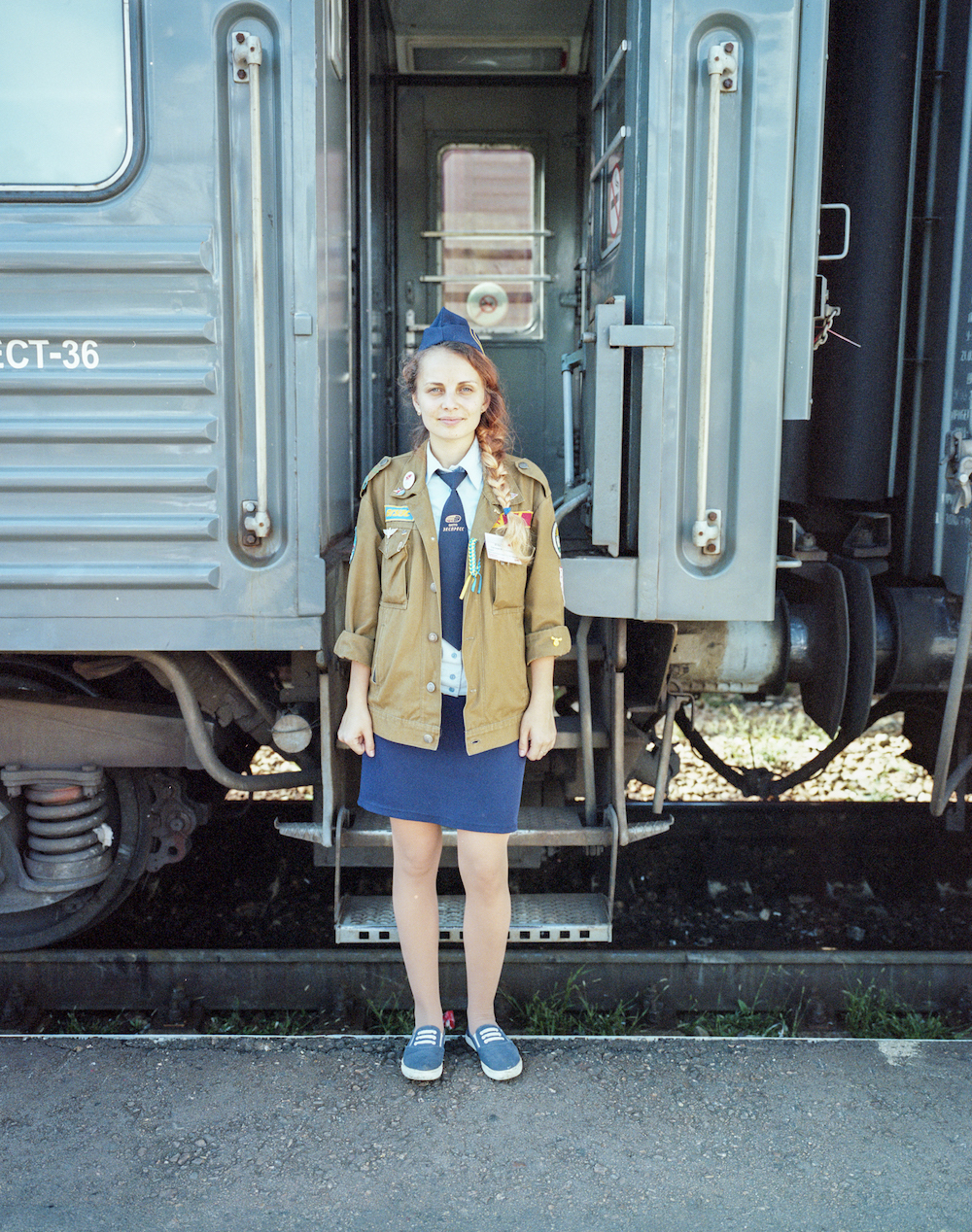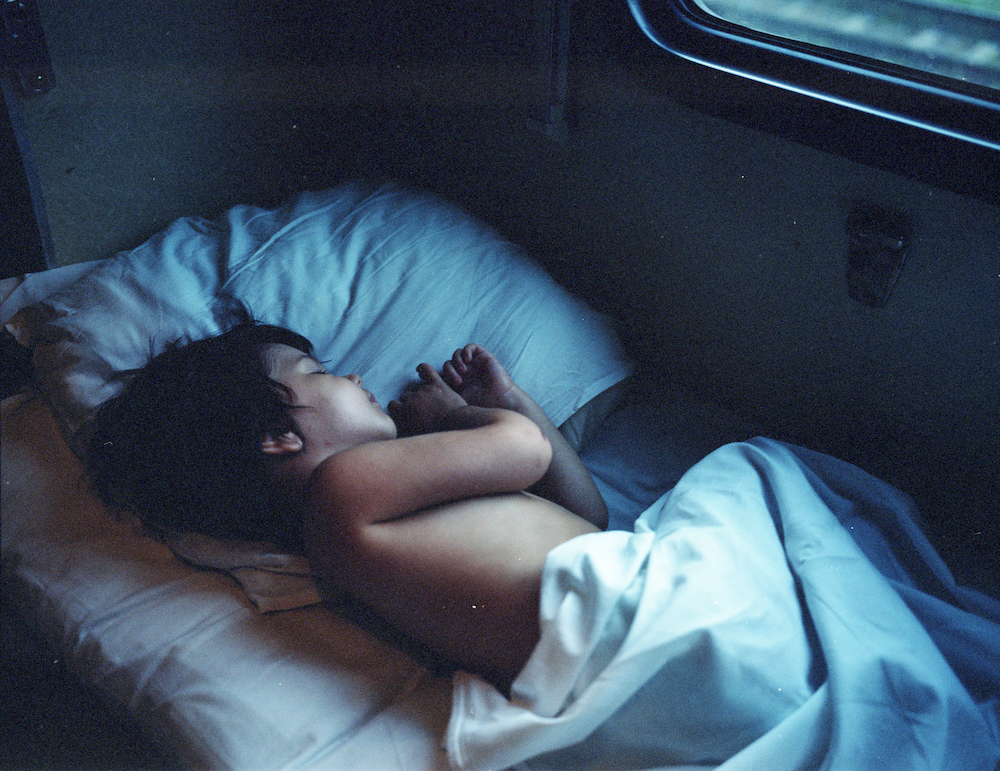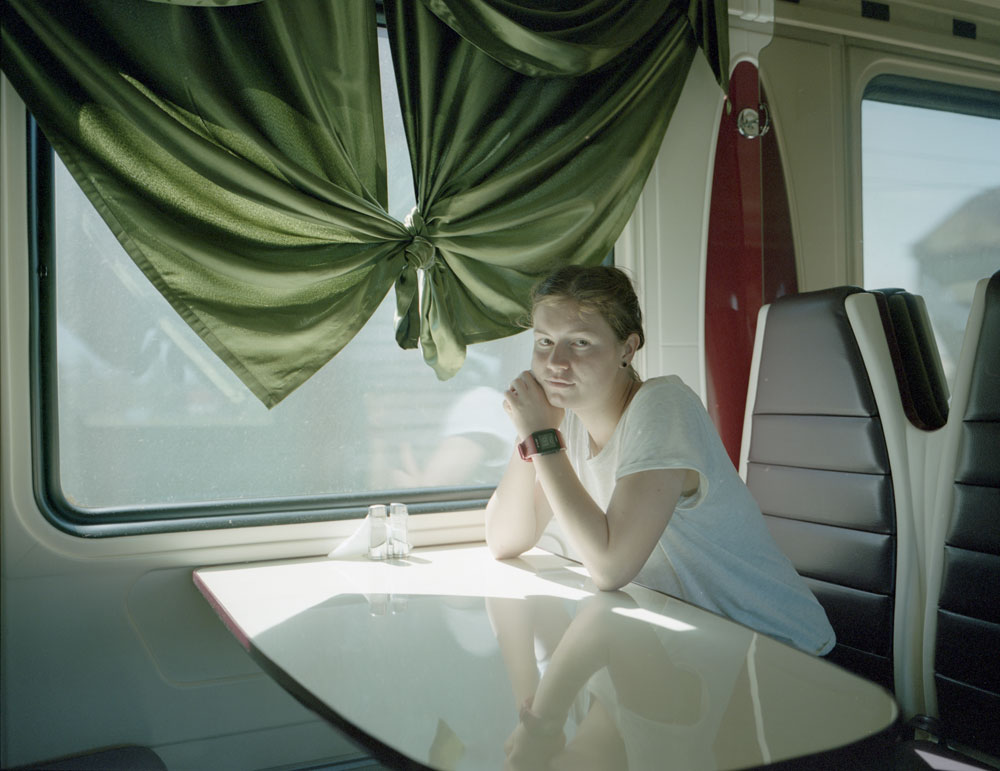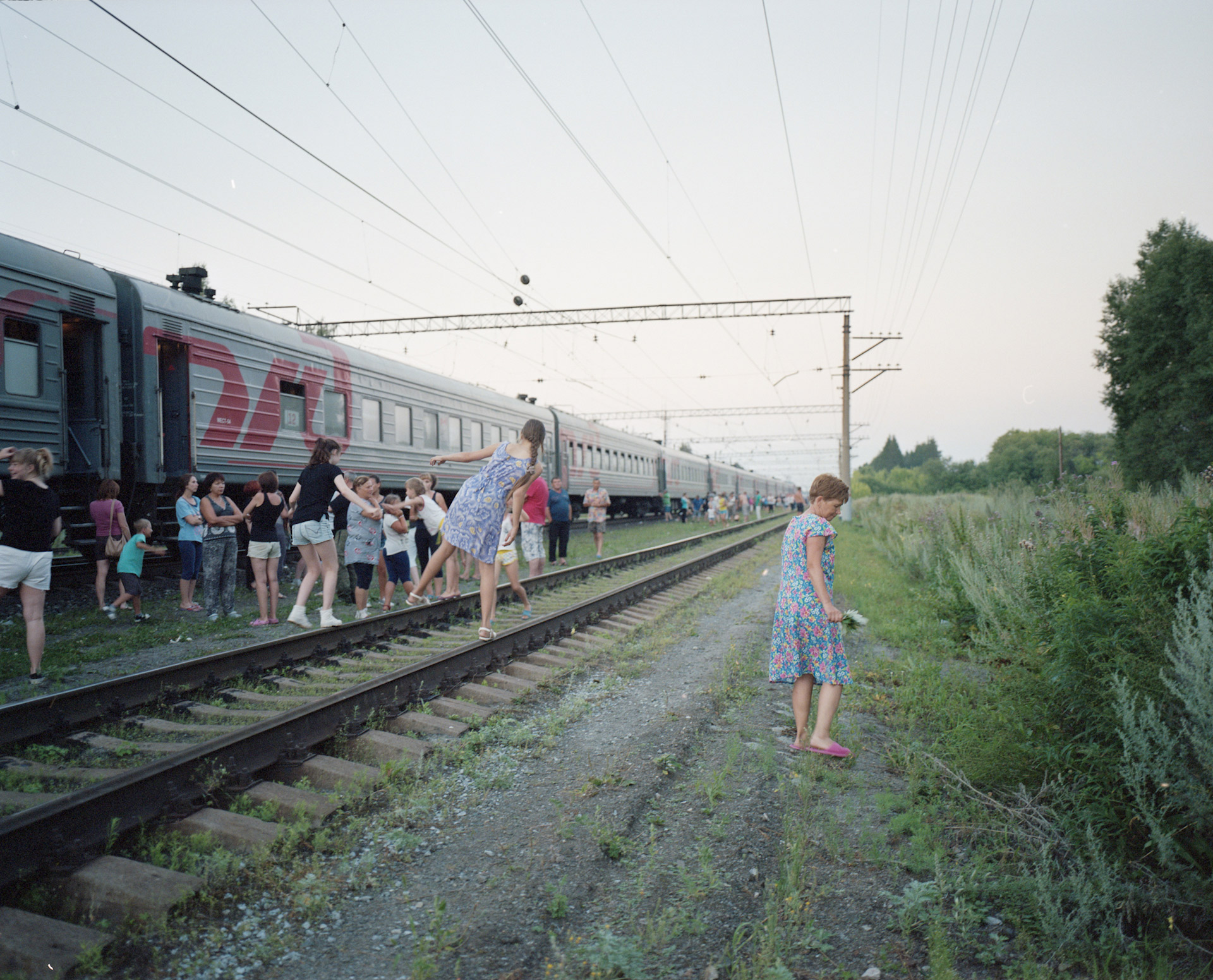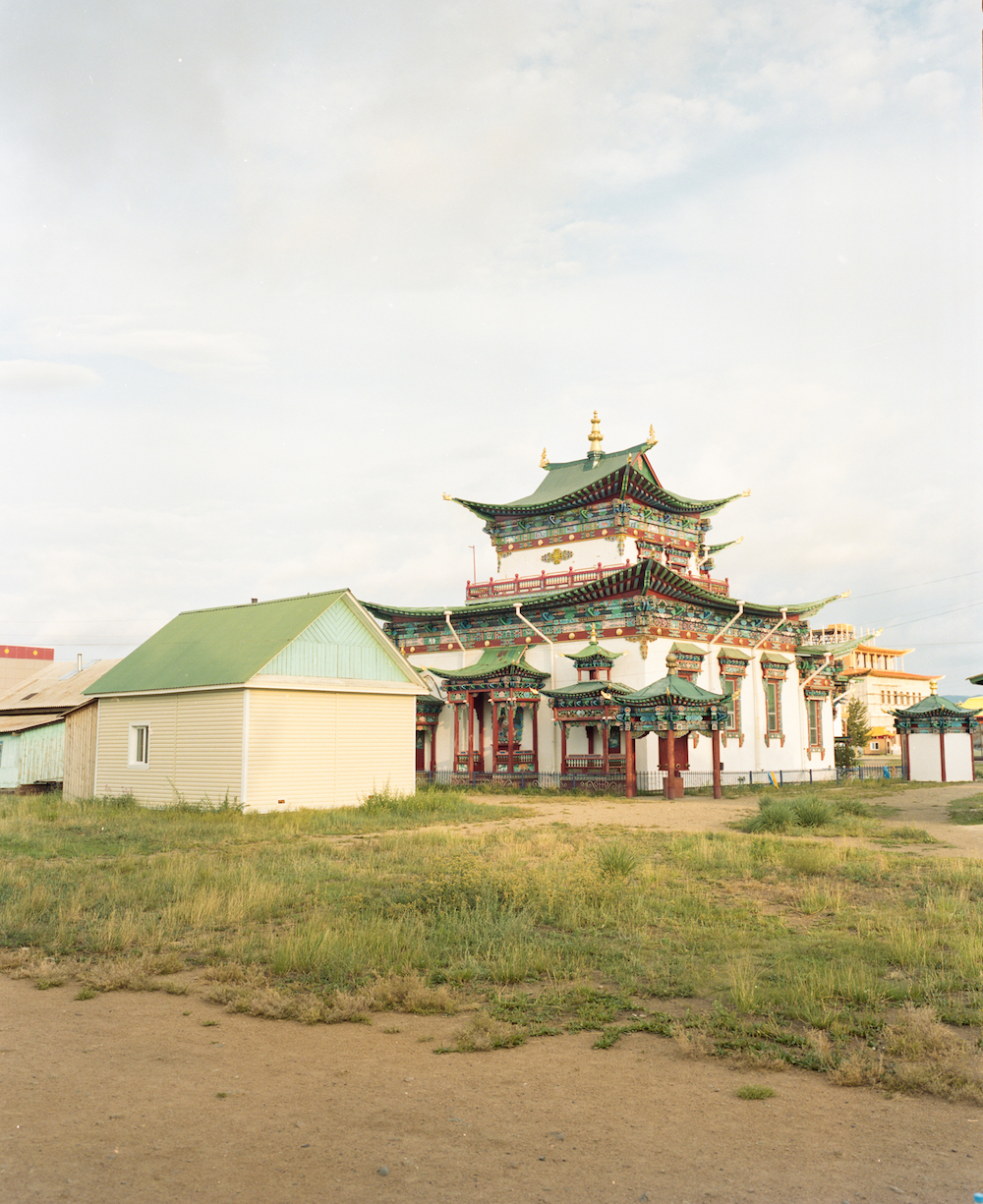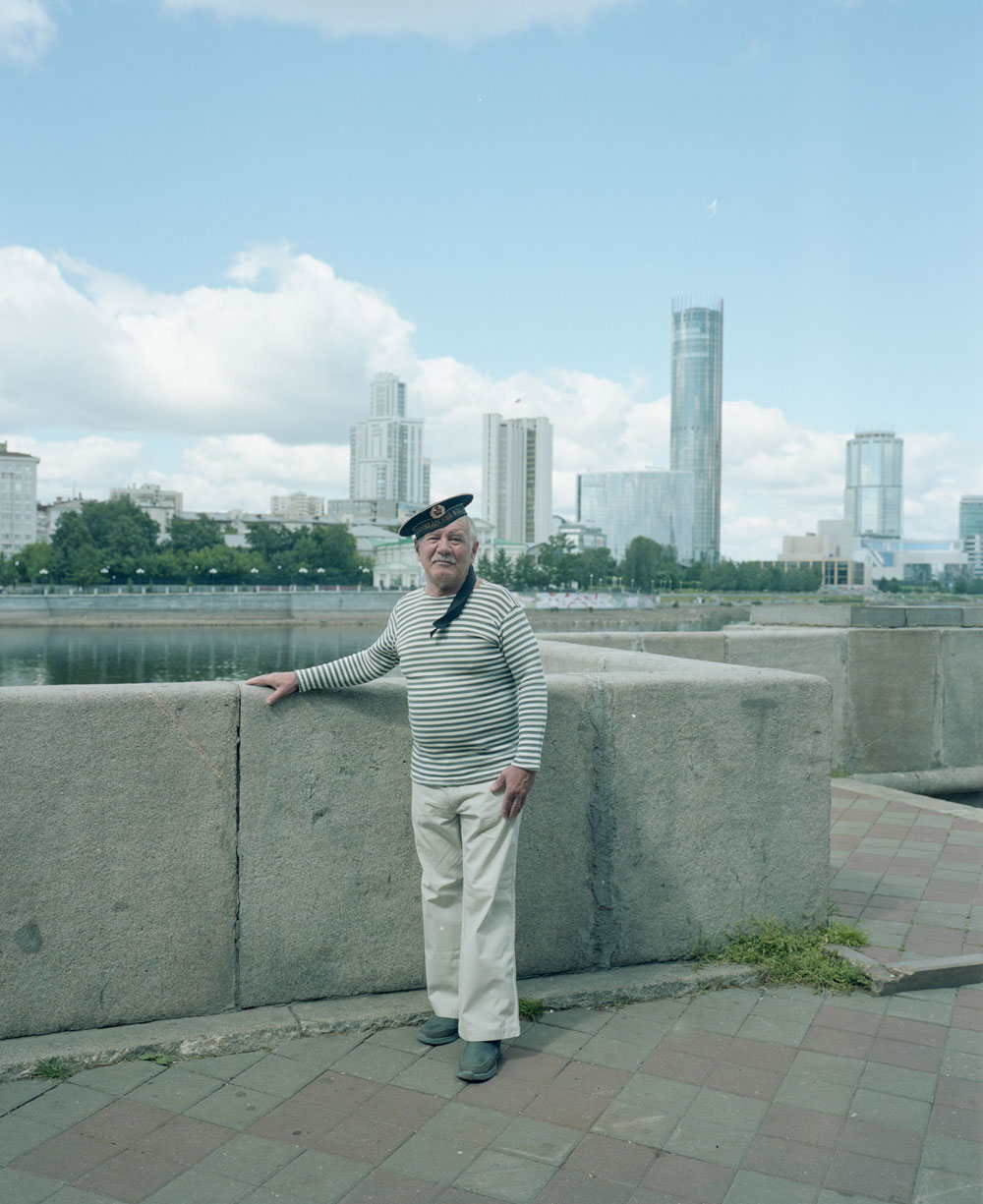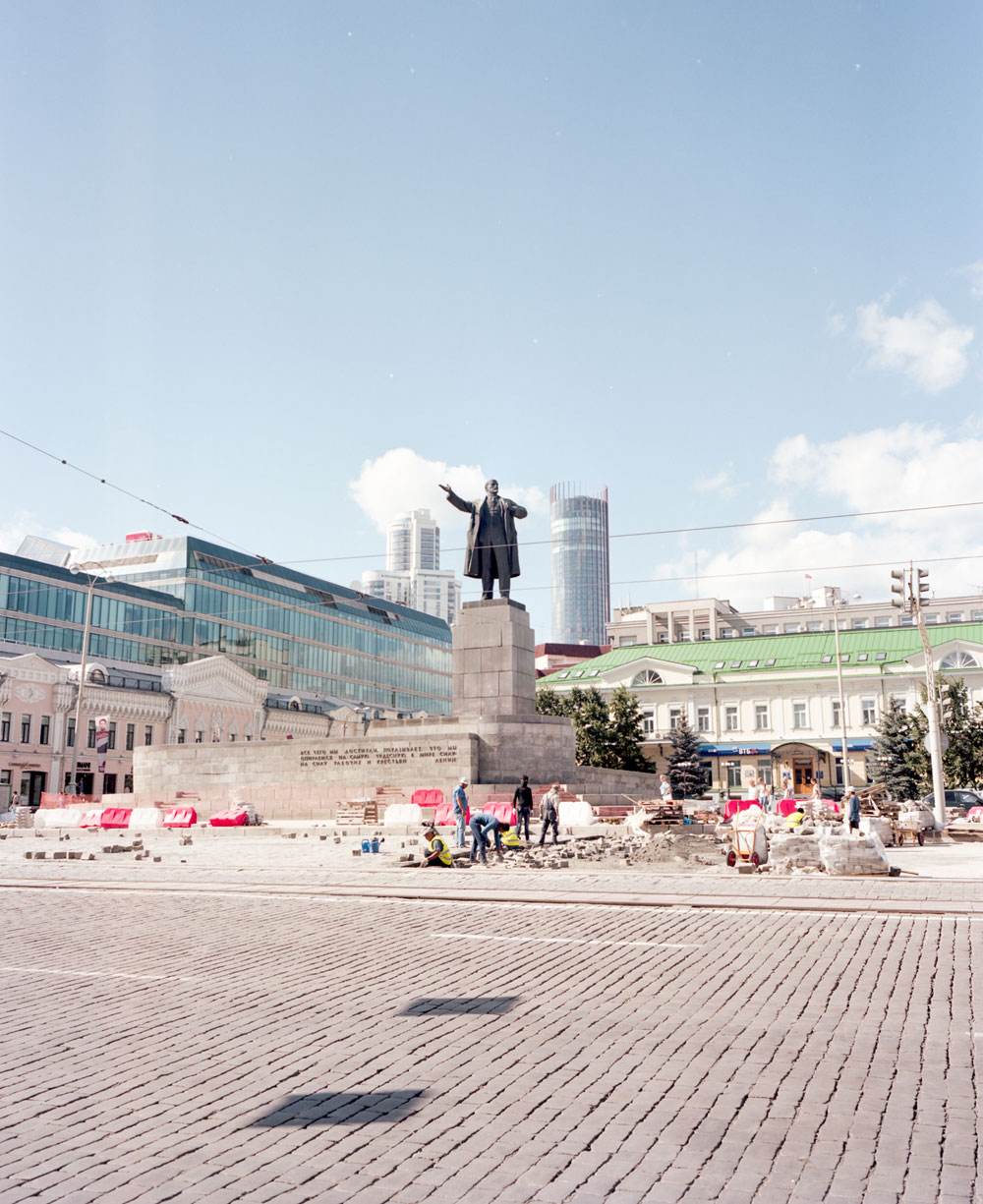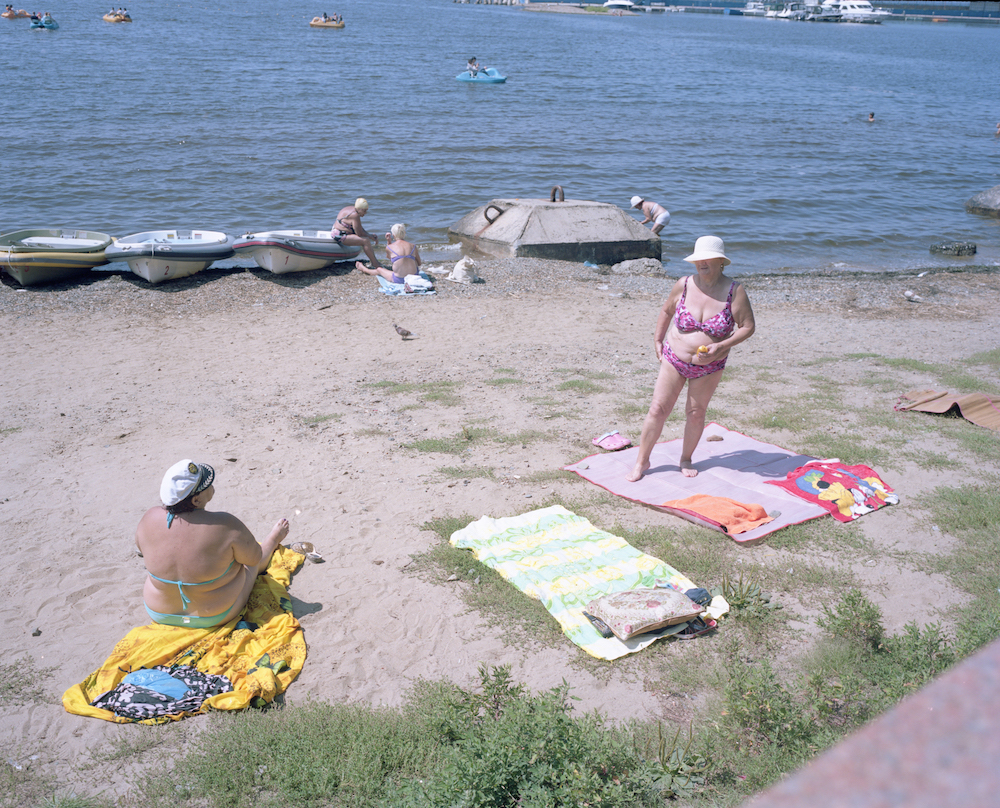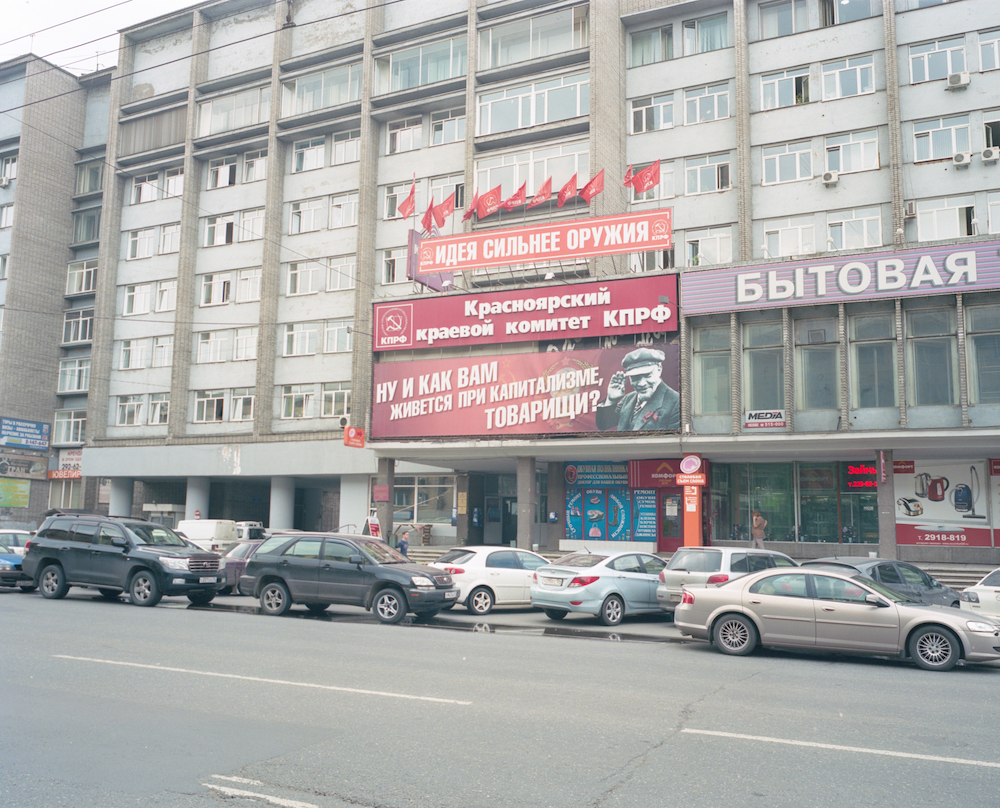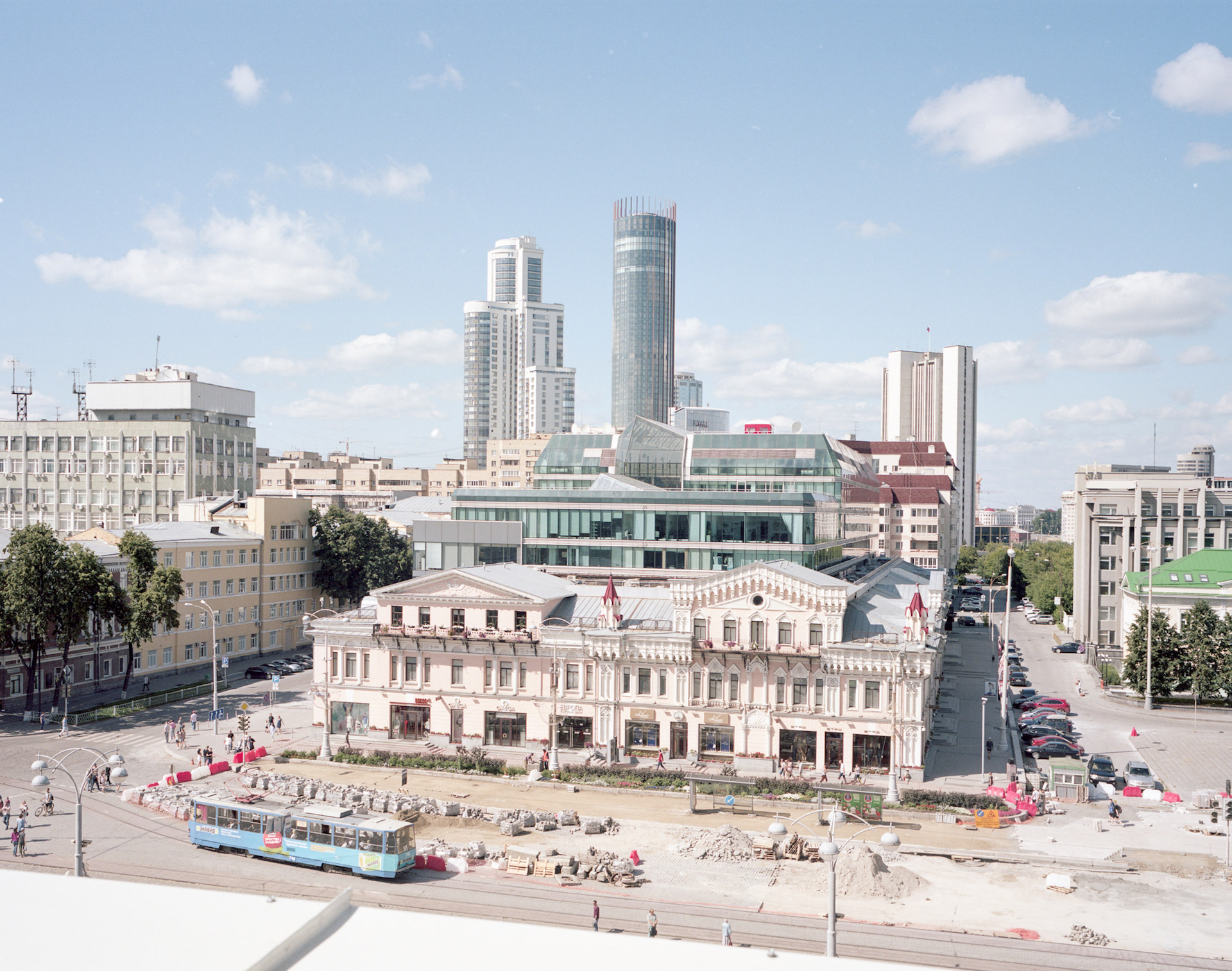Trans-Siberian railway: I quit my job after an unforgettable trip across Russia
Following in the footsteps of Bowie and Angela Carter, photographer Giulia Mangione turned her Transiberian-Railway experience into a creative project. Here, she offers her tips for this bucket-list staple
The Trans-Siberian railway has enticed not only travellers since it was first completed in 1904. For writers, musicians and filmmakers, the world’s longest uninterrupted single train ride promises a creative retreat on wheels. Bowie famously travelled the Vladivostok to Moscow route after finishing his Ziggy Stardust tour in Japan in 1973. Other creative minds to have traversed Russia in this way include English magical realist novelist and short story writer Angela Carter, whose journey went on to inspire her enchanting 1984 book Nights at the Circus, and more recently The Kills’s Jamie Hince locked himself on-board one of the train’s compartments to work on the band’s next record. For photographer Giulia Mangione, it had been an ambition to take the 9000 km train route from Moscow to Vladivostok since studying Russian as a student. After working on The Happy Show, her long-term photographic series on Denmark, she was looking forward to working on a travel project with a distinct beginning, middle and end.
“If you want to stay on the train without getting off, you could get from Moscow to Vladivostok in six days. I was happy it was this short because it gave me a deadline, though I did get off at several points,” says Mangione, who took a detour at Irkutsk, the third stop on her journey, following Ekaterinburg and Krasnoyarsk, to spend five days on Lake Baikal and Olkhon Island. “I wasn’t really interested in the cities. I wanted to see the multicultural parts of Russia I was unfamiliar with. The part of the trip I liked the best was from Siberia onwards — passing through Ulan Ude, Chita, Birobidzhan, Khabarovsk before finally ending in Vladivostok.”
The photographer brought with her an analogue camera and 40 rolls of medium format film, which she says is still considerably less than she would usually shoot. “I decided I didn’t want to bring the digital camera because I wanted to slow down the process. I’d been shooting my most recent project on Denmark on a digital camera. But for this project I wanted to shoot less. I didn’t want to go home with memory cards full of pictures and so I set out to shoot only things I found interesting,” she explains. To get the full Trans-Siberian experience, she bought a ticket for the third-class wagon (platskart in Russian). It gave her chance to interact with fellow passengers, who shared everything from their own family photos to pungent Siberian breakfasts. Read on for her five travel tips for this bucket-list staple.
The route isn’t as popular with Westerners as you’d expect
“I thought it would be a much more touristy but actually the large majority of passengers were Russians or Siberians. Many of the people who take the railway do so because they can’t afford a plane ticket. So there are usually a lot of students, especially during summer when they are going home for their summer break. Then there were a lot of a lot of soldiers on leave. I also encountered big groups, with families coming back from holidays. Russian people are really friendly. Now I live in Scandinavia, where everyone minds their own business. On the Trans-Siberian railway, people aways wanted to interact, even if they didn’t speak any English.”
It’s better to come prepared
“The very first train we took, we knew we’d be on it for three days but we didn’t think about a lot of things like what food to bring. People are very organised for this trip. You can tell there are some people who have been taking this route for a long time and know exactly what to bring. We learned from observation. There’s a restaurant that’s usually in the middle of the train but I didn’t see many people eating there. People mainly go there to drink beer. Generally people bring their own food. There is a samovar in each wagon with hot water, so everyone drinks tea all the time. It’s common to see people with dehydrated soups and instant noodles. Or people bring all sorts of cooked meals from home: I remember there was a girl travelling for Moscow to Vladivostok who brought along meals that were labelled for each day.”
Food is the best way to pass the time
“You don’t eat at lunch or dinner-time, you eat the entire time. It’s also a way to meet and interact with people, so I was often offered food like smoked fish. One morning, my neighbour told me: ‘If you haven’t tried omul, a fish delicacy in Siberia, then you haven’t been to Baikal.’ Smoked fish at 7am is not something I’d usually go for, but it was actually pretty good. They sell smoked and dried fish at every station.”
There’s someone to wake you up in the dead of night
“On each wagon there’s a provodnitsa, she’s the person who checks your ticket so she knows exactly where you’re sitting. After the train leaves the stop she brings you bed sheets. Besides keeping the train in order, she’s also the person responsible to wake you up, around 30 mins before you stop, especially if it’s during the night.”
This trip just might change your life
“I came back from this trip and quit my teaching job. For me it was an important journey. It’s not something that applies to everybody but you spend a lot of time thinking and this helps you see your life from a distance like on any other trip, perhaps, but the Trans-Siberian railway is probably the best example of this. The train becomes this creative space and teaches you not just about Russia. Before leaving, I thought it would be a National Geographic type journey but at some point it took a different direction. It became more of an inner journey. The day I arrived into Vladivostok, it was a Sunday. I was lucky because we had arrived at 7am. It was so quiet all around it felt almost surreal. There was this beautiful light all over the Golden Horn Bay. That was a really unforgettable end to the trip.”
Image: Giulia Mangione
Interview: Liza Premiyak
